A humorous children's zoology book, loosely modelled
after the 18th century scientific works of Buffon,
one of the leading figures of the French Enlightenment
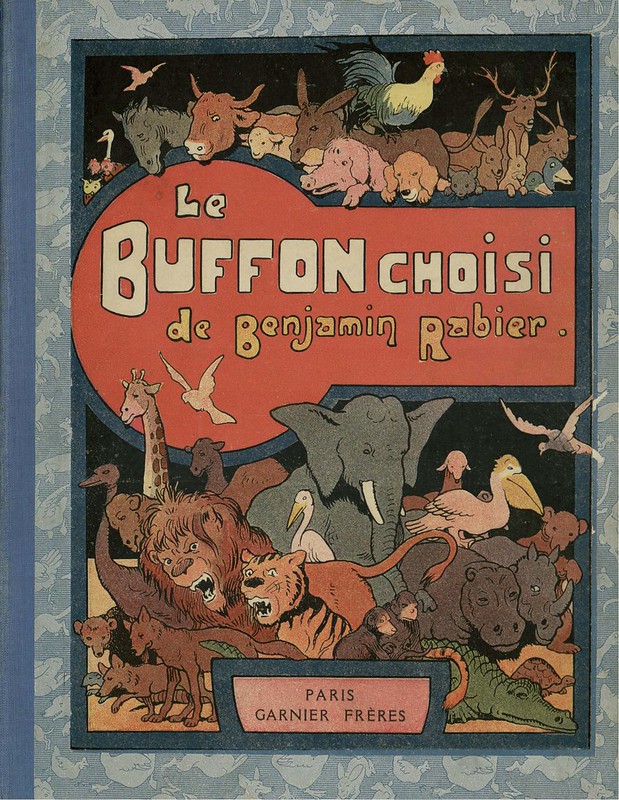
Le Buffon Choisi by Benjamin Rabier
~The Buffon Selection
book cover, 1924

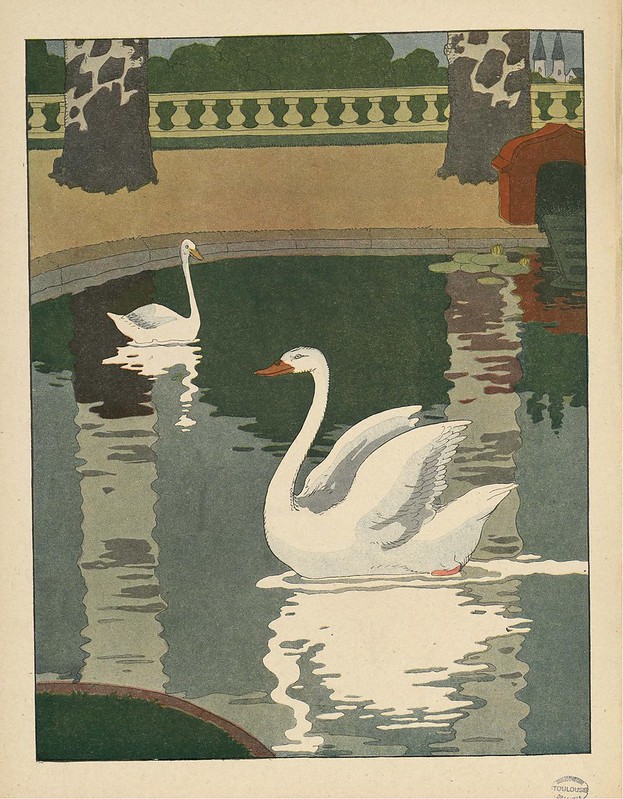
Le Cygne
(The Swan)


Pachyderms (L'Eléphant)


Le Coq
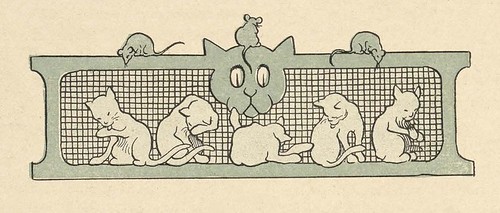
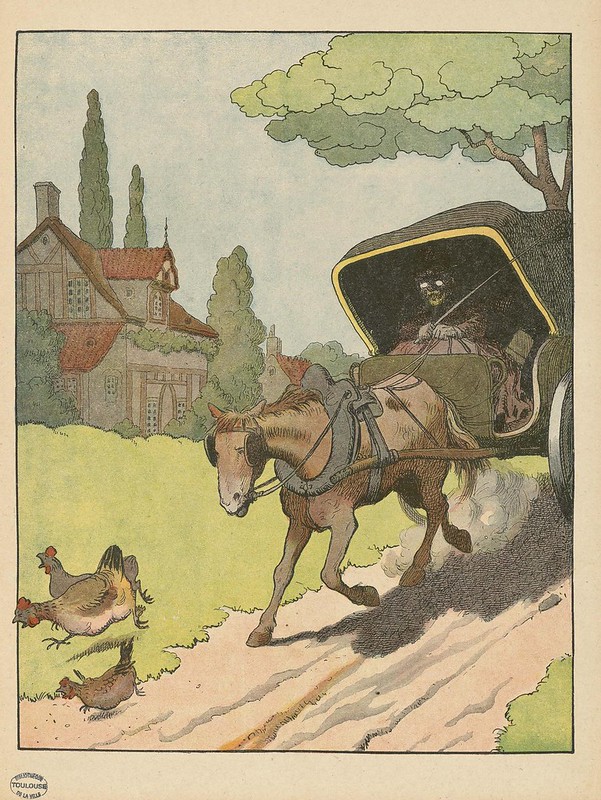
Le Cheval
(the horse)


Le Pélican
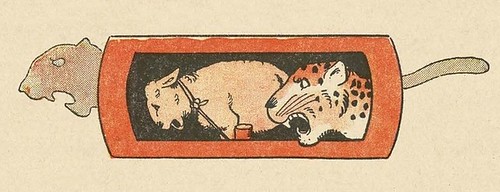
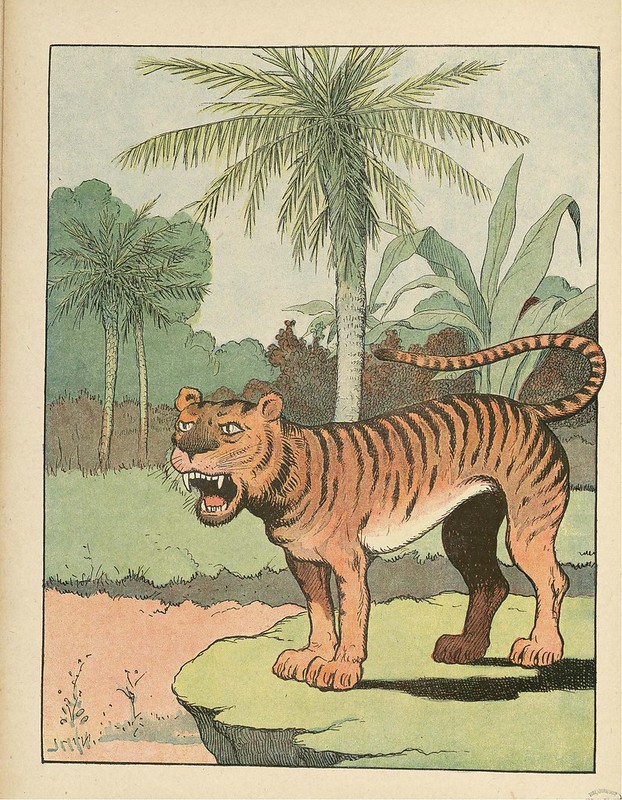
Le Tigre
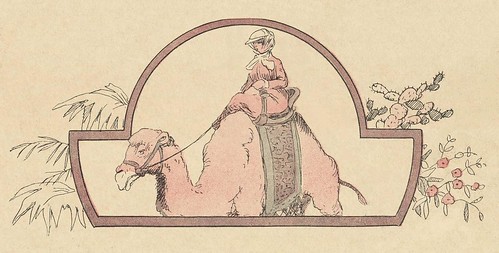

L'Homme - sa supériorité sur les Animaux
*Man's superiority over the animals* -- apart from being the illustration title, this line is also the heading in the book's introduction. It's meant to be a reflection of the serious work that went into the enormous 40+ volume series (Buffon's 'Natural History'), but it is also a tongue-in-cheek jab at the impossibility of man ever really dominating the animal world, and particularly so in the case of domestic animals. They have minds of their own!
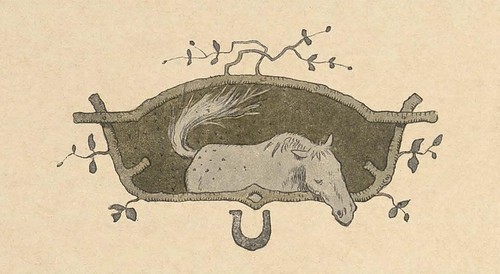
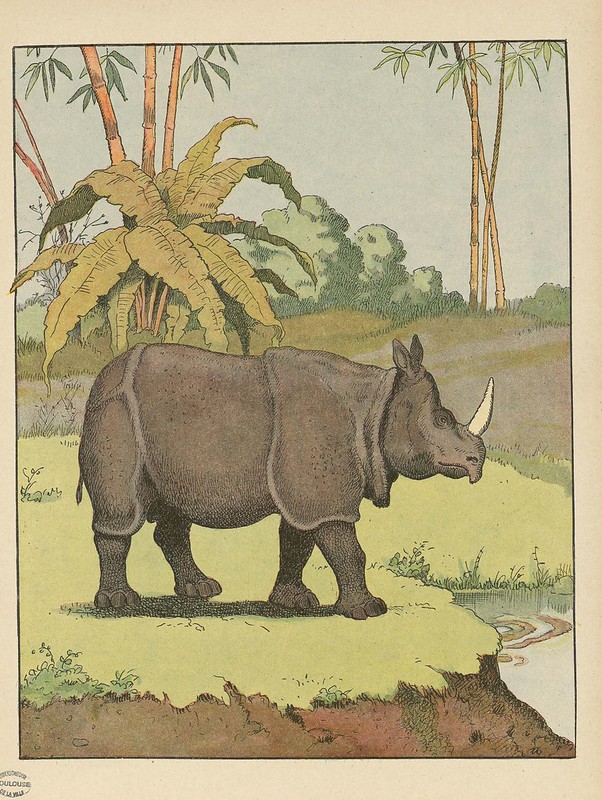
Le Rhinocéros

Benjamin Rabier (1864-1939) was a self-taught artist who grew up in Paris. His most famous comic design may well be the laughing cow figure - 'La Vache qui Rit' -the product mark for a brand of processed cheese.
Rabier was a prolific illustrator and his work appeared in hundreds of books, as well as in all the contemporary and humorous magazines and newspapers in France. He also produced art works for advertising, editorial cartoons, groundbreaking comic forms and, if that wasn't enough talent on show, he managed to write at least one stage-play.
Around 1910, Rabier had begun to create animal illustrations for a whole series of 30+ children's illustrated periodicals, each based on single animal as inspired by (Georges Louis Leclerc, comte de) Buffon's great scientific encyclopædia. It seems the original intention was to introduce Buffon's work to a young audience, but over the next decade Rabier developed a softer and more humorous rendering of the original scientific writing and illustrations.
Rabier gave his animals slight human facial qualities (anthropomorphism)^ and the accompanying text moved from the practical and informative to a more traditional children's book story-telling style. The Buffon books he published in the 1920s gravitated somewhere between caricature and realism and were definitely intended more as entertainment rather than as educational works. Rabier nevertheless continued to cite Buffon as the author of the words.
- 'Le Buffon Choisi' 1924 by Benjamin Rabier is online at the Digital Library of Toulouse. [the illustrations and cropped vignettes above - very slightly background cleaned - were extracted from the .pdf file]
- Benjamin Rabier at Lambiek Comiclopedia.
- Georges-Louis Leclerc, Comte de Buffon.
- www.benjaminrabier.com/
- Benjamin Rabier works at Amazon.
- Patricia has (of course!) a bunch of posts at Agence Eureka on works by Benjamin Rabier: one, two, three, four, five, six, seven and maybe more ----> these are compulsory: please go visit!
- There will most likely be another Rabier post here in the next week or 3 (unless P gets there first!)



















10 comments :
I wonder what the story is behind the rabbit pieta?
Hanging my head in shame as I had to look that ref up! My first thought it pretentiousness but I guess you'd have to find that spot in the book and practice your reading in French ;- )
Christ hare
In the small parish church of Rennes-les-Bains (Aude), we can meditate on a table, pieta, means that local folklore as the Christ hare . The paint has subjectively in shadows of muscles and tendons, the image of a hare crouched on the left thigh of the dead Christ. However, some researchers see a hare's head on the right knee of Christ and ignore the hare lying on the left thigh. Are there two hares? The pieta scene takes place in a cave. Hare, we have seen, is a symbol of Christ. They are both carpets underground burial.
Lift (or raise) a hare , is a term that originates from hunting but means detecting an anomaly before the other ordiscover something important . In the first stage, it alludes to the hunter who tracks down the animal's burrow. Hare, hitherto hidden in his lair, motionless, his long ears lying on his back (he dead) suddenly appears and starts running. Would this not the message we breath the author of the pieta? "Sunrise" the hare? "Lift" dead?
In ancient Greek, the word resurrection does not exist. He was replaced in the Septuagint (Greek Old Testament) and New Testament (written entirely in English) as "rise from the dead." Sunrise or raise a hare would be a metaphor for resurrection.
Abbé Henri Boudet who was parish priest of Rennes-les-Bains for many years published in 1886 a curious book entitled The True Celtic Language and the Cromlech of Rennes-les-Bains . This book is the key to the enigma of Rennes-les-Bains and Rennes-le-Château. On the last page of his foreword, Boudet wrote:
" That is the Cromleck Rennes-les-Bains is intimately linked to the resurrection, or, if you will, waking up unexpectedly the Celtic language. "[13]
We find the same idea in a book also attributed (falsely?) To Boudet and revealing title: " Lazarus, Veni Foras! "words Jesus would have spoken in the resurrection of Lazarus.
From: http://www.dictionnairedessymboles.fr/article-symbolisme-lievre-lapin-56328375.html
Thanks a lot , I love Rabier !
( a little mistake on : L'Homme - sa supériorité sur les AnimAUX without "e" )
:-) patricia
Thanks P!
I love your way of allowing a look into a world that's in the past! A very beautiful book.
lovely
You are the master! Have you moved, are just having the site hosted elsewhere? Whatever, I'm so glad you are still able to amaze.
Same bat time, same bat channel. For 7+ years! Thanks for stopping by!!
It's hard to believe it's been 7+ years already! but decidedly same bat time, same bat channel as ever (did Rabier include any bats?).
The rabbit/hare pietà was indeed unexpected and fortunately not quite what my own rabbits get up to (nor have we had any rising from the dead for that matter). In any case, there are quite a few subtly unexpected bits in this lot. The elephant rightly protects its ivory, but what on earth is driving the horse and alarming the chickens? Is it some relative of Bigfoot or is it a form of death-spirit?
Post a Comment
Comments are all moderated so don't waste your time spamming: they will never show up.
If you include ANY links that aren't pertinent to the blog post or discussion they will be deleted and a rash will break out in your underwear.
Also: please play the ball and not the person.
Note: only a member of this blog may post a comment.